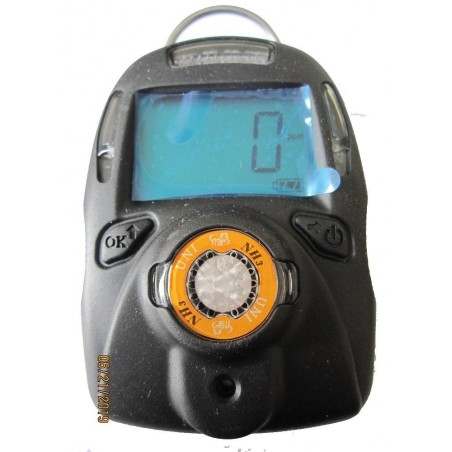Ammonia (NH3) concentration has seldom been used for environmental control of weaner buildings despite its impact on environment, animal welfare, and workers’ health. This paper aims to determine the effects of setpoint temperature (ST) on the daily evolution of NH3 concentration in the animal-occupied zone. An experimental test was conducted on a conventional farm, with ST between 23 °C and 26 °C.
NH3 concentrations in the animal-occupied zone were dependent on ST insofar as ST controlled the operation of the ventilation system, which effectively removed NH3 from the building. The highest NH3 concentrations occurred at night and the lowest concentrations occurred during the daytime. Data were fitted to a sinusoidal model using the least squares setting (LSS) and fast Fourier transform (FFT), which provided R2 values between 0.71 and 0.93. FFT provided a better fit than LSS, with root mean square errors (RMSEs) between 0.09 ppm for an ST of 23 °C and 0.55 ppm for an ST of 25 °C. A decrease in ST caused a delay in the wave and a decrease in wave amplitude.

The proposed equations can be used for modeling NH3 concentrations and implemented in conventional controllers for real-time environmental control of livestock buildings to improve animal welfare and productivity.
Rodriguez MR, Losada E, Besteiro R, Arango T, Velo R, Ortega JA, Fernandez MD. Evolution of NH3 Concentrations in Weaner Pig Buildings Based on Setpoint Temperature. Agronomy. 2020; 10(1): 107. https://doi.org/10.3390/agronomy10010107








